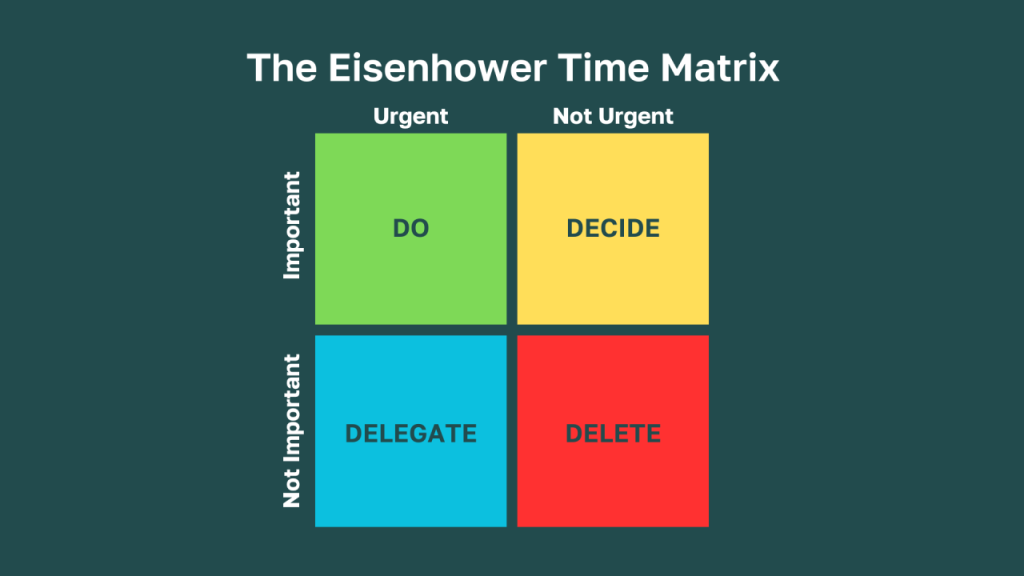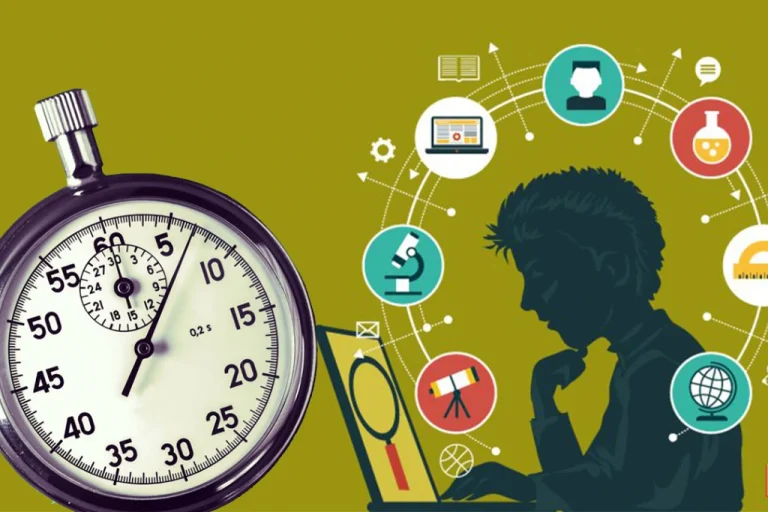Whether you are preparing for exams or managing multiple subjects, learning how to study smart not just hard can make all the difference.
In this article I will guide you by scientific strategies and psychological theories that will help you study more effectively in less time.
Studying Smart vs. Studying Hard
Many students assume that sitting with books for hours means they are productive. But the quality of study matters more than the quantity of time. Smart studying is about focus, techniques and consistency.
Use the Pomodoro Technique to Study More in Less Time
The Pomodoro Technique is a time management method developed by Francesco Cirillo. It suggests working in 25-minute focused sessions followed by a 5-minute break.
| Work Duration | Break Duration | Benefit |
| 25 minutes | 5 minutes | Keeps your brain fresh |
| After 4 cycles | 15-30 minutes | Helps long-term productivity |
Why it works: Our brains can only focus for short periods. Short breaks prevent mental fatigue.

Apply the Spacing Effect to Study More in Less Time
Cognitive psychology research shows that spacing out your study sessions helps you remember information better than cramming.
Do not do this: Study one subject for 6 hours straight.
Do this instead: Study the same topic for 1 hour a day over 6 days.
This is known as distributed practice and it is scientifically proven to improve long term memory.

Practice Active Recall to Study More in Less Time
Instead of just re-reading notes, test yourself without looking. This is called Active Recall and it is one of the most powerful ways to study.
| Passive Learning | Active Learning |
| Re-reading notes | Flashcards or Quizzes |
| Highlighting | Teaching someone else |
| Watching videos | Writing from memory |
Why it works: It forces your brain to work harder and strengthens memory connections.
Eliminate Distractions to Study More in Less Time
Studying for hours while constantly checking your phone or switching tabs on your computer reduces focus. Use the Focus Mode on your phone or try apps like:
- Forest: Stay off your phone while a virtual tree grows
- Cold Turkey: Blocks distracting websites
Study in the Same Place and Time to Study More in Less Time
The brain forms associations with habits. Studying at the same location and time helps your brain enter a study mode more quickly.
Example Routine:
| Time | Activity |
| 7:00 PM | Review class notes (25 min) |
| 7:30 PM | Practice questions (25 min) |
| 8:00 PM | Break and recap |
Prioritize Your Tasks with the Eisenhower Matrix
Use this method to decide what to study first:
| Urgent | Not Urgent |
| Important | Do first |
| Not Important | Avoid or delegate |
Do not waste time on tasks that feel busy but are not effective for your actual goals.

Sleep, Eat and Move to Study More in Less Time
Your brain cannot function well without the basics. According to neuroscience:
- Sleep: Helps store new memories (7–9 hours is ideal)
- Healthy diet: Fuels the brain (avoid sugar spikes)
- Exercise: Boosts focus and reduces stress
Neglecting these reduces your efficiency no matter how long you sit with your books.
Review Regularly and Track Progress
At the end of each week ask yourself:
- What did I learn?
- What am I forgetting?
- What needs revision?
Make a small study tracker like this:
| Date | Topic | Status | Notes |
| May 25 | Nervous System | Reviewed | Needs visual aid |
| May 26 | Muscles | Pending | Plan Pomodoro review |
Also read this: A Complete Guide To Prepare For CSS Exam







